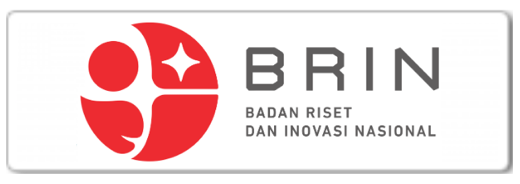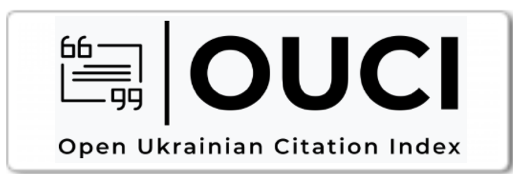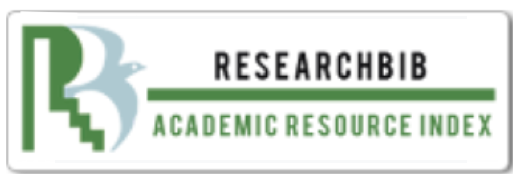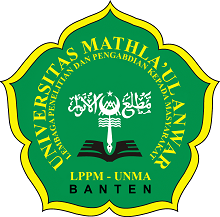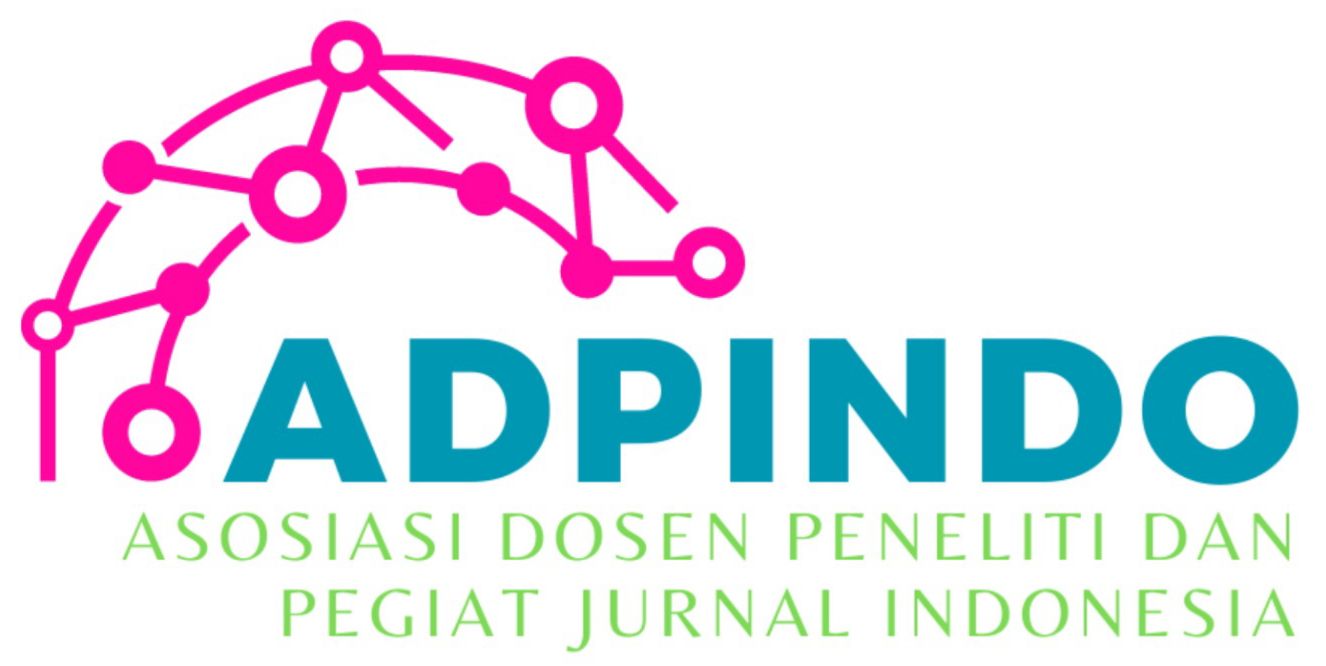THE INFLUENCE OF CORRUPTION ON GDP IN ASEAN COUNTRIES (2017-2024)
Main Article Content
Asty Indra Larasati
Marselina
Dedy Yuliawan
This study aims to analyze the influence of corruption control, foreign direct investment (FDI), inflation, and labor force participation rates on the growth of Gross Domestic Product (GDP) of ASEAN countries during the period 2017-2024. Using a quantitative approach with multiple linear regression and panel data, this study also examined the simultaneous influence of these economic factors on GDP. The results show that corruption control, FDI, and inflation have a significant positive influence on economic growth, while labor force participation rates do not show significant influences. Effective corruption control promotes the creation of a better investment climate, which in turn increases foreign investment flows and productivity. FDI makes an important contribution to technology transfer and production capacity building of ASEAN countries. Controlled inflation also plays a role in creating economic stability that supports long-term investment and consumption decisions. This research provides important insights for policymakers in ASEAN to formulate more effective development strategies by taking into account interrelated macroeconomic factors.
Acemoglu, D., & Robinson, J. A. (2013). Why Nations Fail: The Origins of Power, Prosperity, and Poverty. New York Times.
Aidt, T. S. (2003). Economic analysis of corruption: a survey. The Economic Journal, 113(491), F632–F652.
Ale, S. A., Islam, M. S., & Nessa, H.-T. (2023). Does External Debt Affect Economic Growth: Evidence from South Asian Countries. International Journal of Economics and Financial Issues, 12(1), 83–88.
Andrawina, K. E., Rahayu, S. A. T., & Hakim, L. (2024). Peran Kunci: Teknologi, Human Capital, dan FDI Terhadap Pertumbuhan Ekonomi dalam Teori Endogen. HUMANIORUM, 2(1), 7–13. https://doi.org/10.37010/hmr.v2i1.22
Autor, D. H. (2015). Why Are There Still So Many Jobs? The History and Future of Workplace Automation. Journal of Economic Perspectives, 29(3), 3–30. https://doi.org/10.1257/jep.29.3.3
Baldwin, C. Y., & Ruback, R. S. (1986). Inflation, Uncertainty, and Investment. The Journal of Finance, 41(3), 657. https://doi.org/10.2307/2328496
Behname, M. (2012). Foreign Direct Investment and Economic Growth: Evidence from Southern Asia. Atlantic Review of Economics, 2, 1–1.
Blomström, M., & Kokko, A. (1998). Multinational Corporations and Spillovers. Journal of Economic Surveys, 12(3), 247–277. https://doi.org/10.1111/1467-6419.00056
Borensztein, E., De Gregorio, J., & Lee, J.-W. (1998). How does foreign direct investment affect economic growth? Journal of International Economics, 45(1), 115–135. https://doi.org/10.1016/S0022-1996(97)00033-0
Dahl, G., Løken, K. V, & Loken, K. V. (2024). Families, Public Policies, and the Labor Market Families, Public Policies, and the Labor Market *. www.rfberlin.comwww.cream-migration.org
Dany-Knedlik, G., & Garcia, J. A. (2018). Monetary Policy and Inflation Dynamics in ASEAN Economies.
Easterly, W., & Rebelo, S. (1993). Fiscal policy and economic growth. Journal of Monetary Economics, 32(3), 417–458. https://doi.org/10.1016/0304-3932(93)90025-B
Fischer, S. (1993). The role of macroeconomic factors in growth. Journal of Monetary Economics, 32(3), 485–512. https://doi.org/10.1016/0304-3932(93)90027-D
Haque, A. U., Kibria, G., Selim, M. I., & Smrity, D. Y. (2019). Total Labor and Economic Growth: Observations for Bangladesh. International Journal of Economics and Financial Research, 5(9), 209–213.
Kaufmann, D., Kraay, A. C., & Mastruzzi, M. (2010). The Worldwide Governance Indicators: Methodology and Analytical Issues. World Bank Policy Research Working Paper, 5430.
Krueger, A. O. (1974). The Political Economy of the Rent-Seeking Society. American Economic Review, 64(3), 291–303.
Loayza, N. V., & Servén, L. (2010). Business Regulation and Economic Performance. The World Bank. https://doi.org/10.1596/978-0-8213-7407-8
Lucas, R. E. (2015). Lectures on Economic Growth. Harvard University Press.
Lustrilanang, P., Suwarno, Darusalam, Rizki, L. T., Omar, N., & Said, J. (2023). The Role of Control of Corruption and Quality of Governance in ASEAN: Evidence from DOLS and FMOLS Test. Cogent Business & Management, 10(1). https://doi.org/10.1080/23311975.2022.2154060
Mankiw, N. G. (2018). Pengantar Ekonomi Makro (Edisi Ketujuh). Salemba Empat.
Masron, T. A., & Naseem, N. A. M. (2017). Institutional quality and foreign direct investment in ASEAN. Institutions and Economies, 9, 5–30.
Mauro, P. (1995). Corruption and Growth. The Quarterly Journal of Economics, 110(3), 681–712. https://doi.org/10.2307/2946696
Méon, P.-G., & Sekkat, K. (2005). Does Corruption Grease or Sand the Wheels of Growth? JSTOR, 122, 69–97.
Nawatmi, S. (2016). Pengaruh Korupsi Terhadap Pertumbuhan Ekonomi Studi Empiris Negara-negara Asia Pasifik. Media Ekonomi Dan Manajemen, 31(1), 14–25.
Nell, K. S. (2023). Inflation And Growth in Developing Economies: A Tribute To Professor Thirlwall. Investigación Económica, 82(326), 41–97. https://doi.org/10.22201/fe.01851667p.2023.326.86382
Nguyen, B.-C. X., & Ho, T. L. (2025). Growth Effect of Foreign Direct Investment in Asean Economies: Does Institutional Quality Matter? Organizations and Markets in Emerging Economies, 16(1 (32)), 217–238. https://doi.org/10.15388/omee.2025.16.9
Nguyen, D. Van, & Duong, M. T. H. (2020). Shadow Economy, Corruption and Economic Growth: An Analysis of BRICS Countries. Journal of Asian Finance Economics and Business, 8(4), 665–672.
OECD. (2020). OECD Employment Outlook 2020. OECD. https://doi.org/10.1787/1686c758-en
Purnomo, D. K., & Wibowo, W. (2024). The Effect of Interest Rates and Inflation on Economic Growth in ASEAN-5 Countries. Journal of Developing Economies, 9(2), 217–229. https://doi.org/10.20473/jde.v9i2.52413
Ramadhanty, F., Wasiaturrahma, W., & Makatutu, A. I. A. (2024). The Effect of Foreign Direct Investment and Inflation on The Economic Growth of ASEAN Countries 2009-2020. Jurnal Ilmu Ekonomi Terapan, 9(1), 91–108. https://doi.org/10.20473/jiet.v9i1.57259
Syafi’i, I., Syakur, F. A., & Wibowo, M. G. (2021). Pengaruh Utang Luar Negeri, Inflasi, dan Pendapatan Negara Terhadap Pertumbuhan Ekonomi: Studi di 6 Negara ASEAN. WELFARE Jurnal Ilmu Ekonomi, 2(1), 36–43.
Tanzi, V., & Davoodi, H. (1998). Corruption, Public Investment, and Growth. In The Welfare State, Public Investment, and Growth (pp. 41–60). Springer Japan. https://doi.org/10.1007/978-4-431-67939-4_4
Todaro, M. p, & Smith, S. C. (2011). Pembangunan Ekonomi (Edisi 11). Erlangga.
Tullock, G. (1967). The Welfare Costs of Tariffs, Monopolies, And Theft. Economic Inquiry, 5(3), 224–232. https://doi.org/10.1111/j.1465-7295.1967.tb01923.x
Utami, F., Wibowo, M., & Azwar, B. (2021). The Effect of Population, Labor Force on Economic Growth in OIC Countries. Jurnal REP (Riset Ekonomi Pembangunan), 6(2), 144–156.
Vinayagathasan, T. (2013). Inflation and economic growth: A dynamic panel threshold analysis for Asian economies. Journal of Asian Economics, 26, 31–41. https://doi.org/10.1016/j.asieco.2013.04.001
Wang, X. (2019). FDI and Infrastructure Improvement of ASEAN. International Journal of Economics and Finance, 11(10), 140. https://doi.org/10.5539/ijef.v11n10p140
World Bank. (1992). Governance and Development.
















